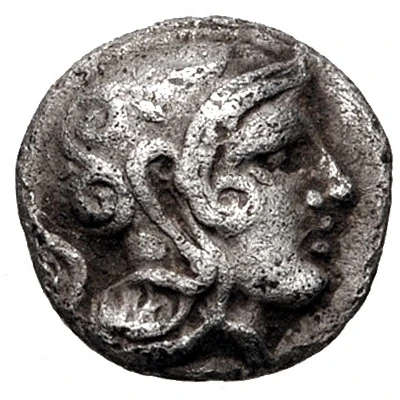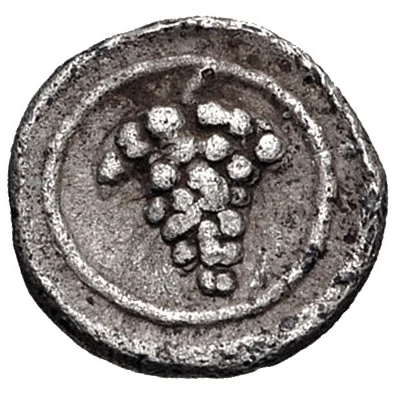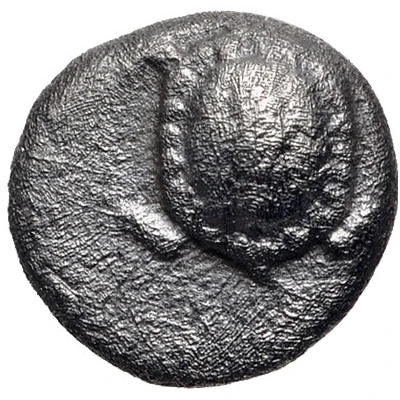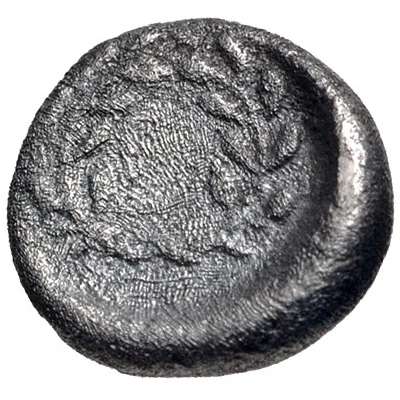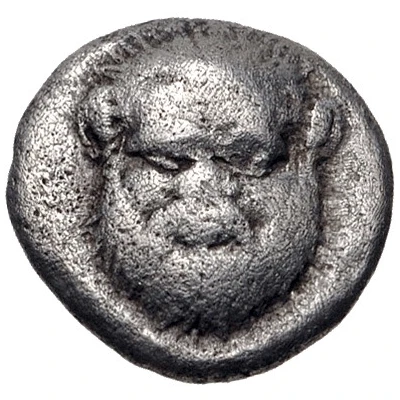
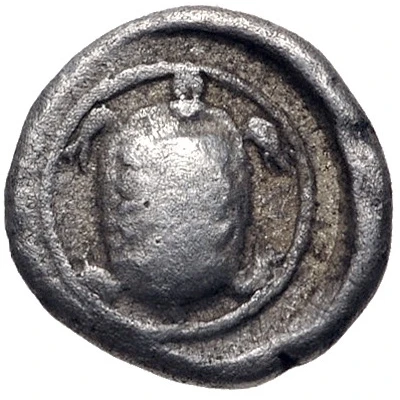

© Classical Numismatic Group, Inc.
Hemiobol 450 BC - 379 BC
| Silver | 0.40 g | 7.0 mm |
| Issuer | Methymna (Lesbos) |
|---|---|
| Type | Standard circulation coin |
| Years | 450 BC - 379 BC |
| Value | Hemiobol (1⁄12) |
| Currency | Drachm |
| Composition | Silver |
| Weight | 0.40 g |
| Diameter | 7.0 mm |
| Shape | Round (irregular) |
| Technique | Hammered, Incuse |
| Orientation | Variable alignment ↺ |
| Demonetized | Yes |
| Updated | 2024-10-10 |
| Numista | N#179552 |
|---|---|
| Rarity index | 95% |
Reverse
Tortoise in linear circle within incuse circle
Interesting fact
The Hemiobol coin was used as a form of currency in ancient Greece, specifically in the city-state of Methymna on the island of Lesbos. It was made of silver and weighed approximately 0.40 grams. Despite its small size, the Hemiobol was an important coin in ancient Greece, as it was used to purchase everyday items like bread, wine, and other household goods. In addition, the Hemiobol coin features an interesting design. One side of the coin depicts a bee, which was a symbol of the city of Methymna. The other side of the coin features a grapevine, which was a common motif in ancient Greek art and symbolized the fertility and prosperity of the region. Overall, the Hemiobol coin is a fascinating piece of history that provides insight into the daily life and commerce of ancient Greece.
